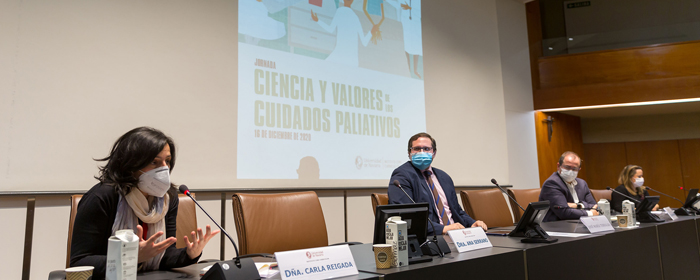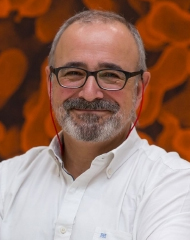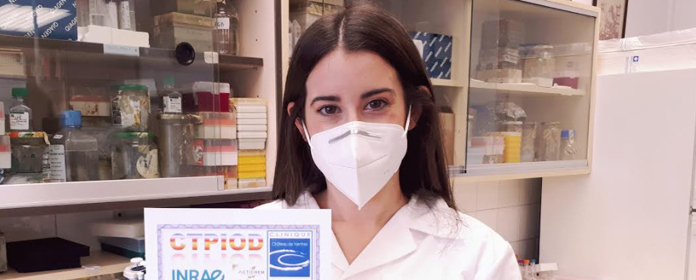"Understanding the mystery of subject and dark energy is one of the great challenges of today's world."
Professor J. Alonso, from the Sanford Underground Lab in South Dakota, gave a lecture lecture at the University of Navarra.
"We are at a very interesting moment in our understanding, or rather, our lack of understanding of the universe. Understanding the mystery of the subject and dark energy is one of the great challenges of today's world," explained physicist José Alonso of the Sanford Underground Lab in South Dakota during a lecture at the School of Sciences of the University of Navarra organized by the department of Physics and Applied Mathematics.
"The dark subject exceeds up to seven times the ordinary subject that we find in the stars and dust of galaxies and yet it is still not known in depth." Similarly, "there is talk of a dark energy that could be the cause of the expansion of our universe at an accelerated rate that is also a great unknown," he said.
José Alonso, who was part of the group that discovered Element 106 of the periodic table known as Seaborgium, spoke about "A new frontier in Physics: the fascinating neutrinos". Neutrinos are a subject of particles smaller than the atom whose small size makes them difficult to measure. "We know that neutrinos played a very important role in the Big Bang and that they exist all around us, however, detecting them is tremendously difficult. In addition, one of the questions researchers are asking is whether there is a relationship between neutrinos and the dark subject ," said the physicist.
Physics to cure diseasesFinally, he referred to the use of particle accelerators to treat cancer. According to him, the big challenge in this area is for medical teams to find a way to use these new treatment methods in the most effective way. "This requires a good knowledge of how cells respond to the energy deposited in the particles." Finally, he explained that although the price and design of these machines is very high, "there are more and more companies in Europe, the United States and Japan that are building them and making important advances".
José Alonso received his Ph.D. from MIT in Nuclear Physics in 1967. In 1972, he joined Lawrence Berkeley National Laboratory and was part of the team that discovered element 106 of the periodic table, Seaborgium. Later, he worked in the Accelerator and Fusion Division of research at LBNL in 1974 where he was in charge of the Bevalac, the first heavy ion accelerator capable of producing beams of any atomic species. In 2012 he was part of the mission statement IAEA to support in the development of proton therapy in Argentina. Professor Alonso after retiring in 2002 remained for two years as director of the Sanford Undreground Lab in South Dakota.
He is currently collaborating with physicists at MIT in the United States, Catania in Italy and RIKEN in Japan where he is working on compact cyclotron systems that produce megawatts of power for the study of neutrinos in the DAEdALUS and IsoDAR projects.





